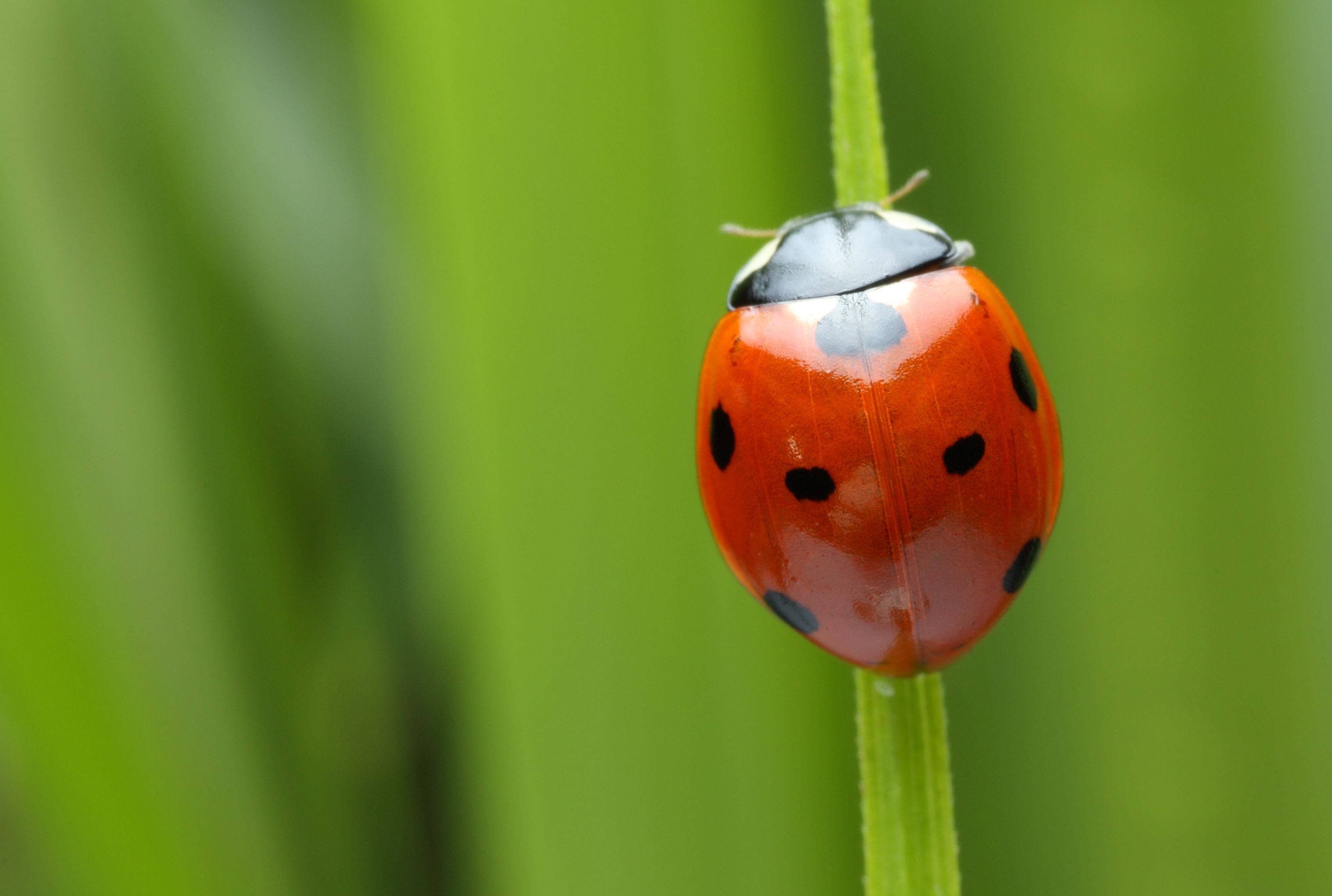My work focuses on the ecology of terrestrial arthropods and their interactions with their environments, especially with respect to the plants with which they interact. We work at scales from landscapes down to individuals. I’m currently working on a diverse range of research questions that integrate my interests in community ecology and landscape ecology.
Urban ecology and habitat restoration My work on insect-plant interactions also has an applied perspective, giving insights into the effects of habitat fragmentation and benefits of ecological restoration. Given that over half the world’s population now live in urban areas and about 80% will by 2050, understanding how urban ecosystems work is vital to our sustainability. Sydney’s remnant vegetation is an ideal model system to work in allowing us to examine the impacts of urbanization and how we can manage what we still have as well as restore degraded systems.
Our work has shown that the declines in many of these urban systems are due to disruptions to ecological interactions. Interestingly, while further declines in functionally important components of diversity are likely to create some degree of ecological mayhem through the breakdown of ecological interactions, our work also points to how these novel urban ecosystems can be surprisingly resilient.
The beauty of trying to understand ecology at landscape scales is that we’re obliged to consider the systems in all their complexity - our work has had to integrate classical experimental approaches in ecology looking at competition, predation and environmental drivers with an understanding of how they interact with invasion, fragmentation and restoration. Our current work is investigating bottom-up and top-down drivers of ecology in urban systems as well as how structural attributes of remnant vegetation contribute to their integrity.
Insect-plant interactions
The simple facts are that the world is dominated by plants that seem to spend their life interacting in all manner of ways with the most speciose group of animals on the planet, insects.
We use multi-species multi-scale approaches to give us a leaf to landscape understanding of insect-plant interactions. We’re currently examining herbivory, pollination and seed dispersal by insects in a number of contexts, looking at everything from the mechanistic underpinnings of the relationships to how landscape disturbances change the integrity of these interactions. This work also targets potential top-down regulation of insect herbivores through predation and parasitism. At coarser scales, I’m interested in the roles of habitat characteristics in regulating assemblages and how organisms make decisions about how they use the habitats around them.
I’m also looking at big picture insect-plant interactions in collaborations with several systematists to identify how co-evolutionary relationships contribute to host specificity among herbivorous insects and ultimately, radiations of insects on different host plants. This is part of a larger project looking at coextinction risks for insects on threatened plants. We’re developing spatially explicitly models for estimating coextinction risk with a view to identifying the extent to which hidden losses of undescribed and unknown herbivores contribute to the extinction crisis.
If you’re interested in working on these sorts of questions with me please have a look at the site and get in touch.
more stuff
Here is how you include a link to another site (or a paper of your etc.)
Here’s an example of how to include an image (using an image stored in the ‘images’ folder in our repository):
